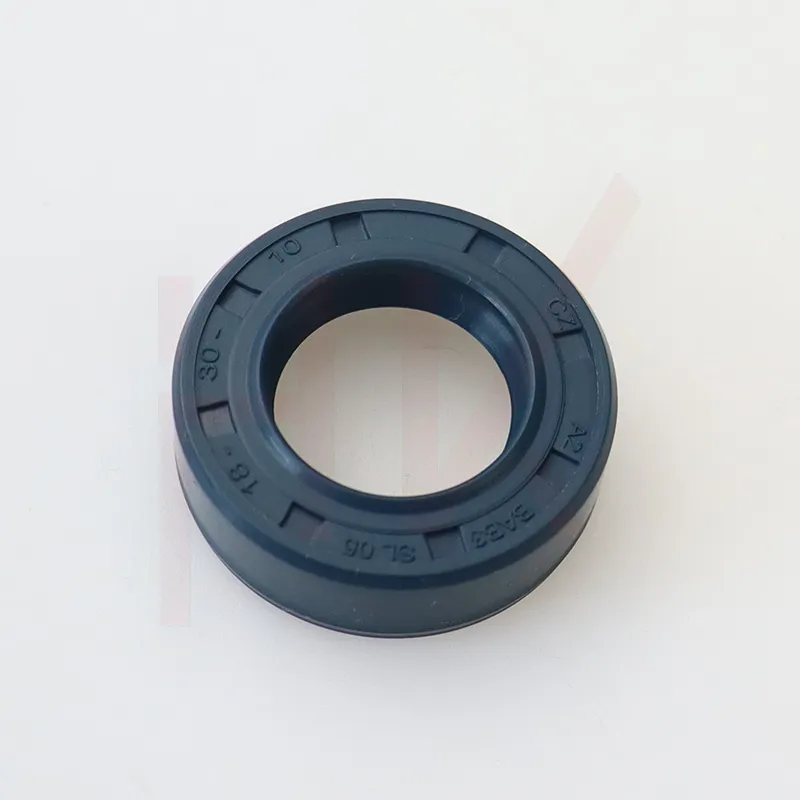វិច្ឆិកា . 13, 2024 01:38 Back to list
hydraulic cylinder seals and wipers
Understanding Hydraulic Cylinder Seals and Wipers
Hydraulic cylinders are essential components in many industrial and mobile applications, including construction machinery, automotive systems, and manufacturing equipment. They rely on a complex arrangement of seals and wipers to maintain the efficiency of their operation, preventing leakage and contamination, and ensuring longevity. This article delves into the critical role of hydraulic cylinder seals and wipers, their types, and their significance in hydraulic systems.
The Function of Hydraulic Seals
Hydraulic seals, often made from various elastomers and plastics, are designed to prevent fluid from leaking out of the cylinder while maintaining pressure for effective operation. The seals form a critical barrier between the moving parts of the cylinder, including the piston and the cylinder wall. The hydraulic fluid creates the necessary force for the piston to move, thus any loss of this fluid can compromise the whole system's performance, leading to reduced efficiency and potential equipment failure.
There are several types of hydraulic seals, including
1. Rod Seals These are fitted around the piston rod and designed to contain the hydraulic fluid within the cylinder. Their primary function is to prevent external contaminants from entering the hydraulic system while also restricting fluid leakage out of the cylinder.
2. Piston Seals These seals are situated at the piston and ensure that fluid can exert pressure on the piston to create movement. They are crucial for maintaining the system’s pressure and efficiency.
3. Static Seals Used in applications where there is no relative motion between the surfaces they seal. They are commonly found in end caps and flanges of hydraulic cylinders where parts are bolted together.
4. Backup Rings These are used with dynamic seals to prevent extrusion of the seal material under high pressure, thereby enhancing the performance and life of the seals.
hydraulic cylinder seals and wipers

The Role of Wipers
While seals are primarily responsible for preventing fluid leakage, wipers serve an equally important function in the hydraulic system. Wipers are located at the outer side of the hydraulic cylinder and are designed to remove contaminants, dirt, and debris from the surface of the piston rod as it moves in and out of the cylinder. This cleaning action protects the rod and seals from severe wear and damage, which could lead to seal failure and contamination of hydraulic fluid.
Wipers come in various designs, including lip types and scraper types, depending on the specific requirements of the application. A quality wiper ensures that the hydraulic cylinder remains clean, promoting smooth operation and prolonging the life of both seals and the overall hydraulic system.
Importance of Regular Maintenance
Regular inspection and maintenance of hydraulic seals and wipers are paramount to ensuring the reliability and efficiency of hydraulic systems. Damaged or worn seals can lead to significant fluid loss, reduced performance, and potentially catastrophic failures in machinery. Similarly, neglected wipers can allow dirt and debris to enter the cylinder, contributing to abrasive wear on seals and rods.
Hydraulic systems should be checked periodically for signs of wear, such as fluid leaks or visible damage to seals and wipers. Operators should also consider the operating conditions, such as temperature, pressure, and the type of hydraulic fluid used, as these factors can significantly affect seal and wiper performance.
Conclusion
In conclusion, hydraulic cylinder seals and wipers play pivotal roles in the operation and longevity of hydraulic systems. By preventing fluid leaks and protecting against contamination, they ensure that hydraulic cylinders operate efficiently and reliably. Investing time in the maintenance and regular inspection of these components can lead to enhanced performance, reduced downtime, and lower repair costs in the long run. Understanding their nuances and functioning can provide operators and engineers with the knowledge to keep their hydraulic systems running smoothly, making a significant difference in industrial productivity.
-
The Trans-formative Journey of Wheel Hub Oil Seals
NewsJun.06,2025
-
Graphene-Enhanced Oil Seals: Revolutionizing High-Pressure Oil Sealing
NewsJun.06,2025
-
Future of Hydraulic Sealing: Advanced Intelligent TCN Oil Seals
NewsJun.06,2025
-
Don’t Let a Broken TCV Oil Seal Ruin Your Day
NewsJun.06,2025
-
Bio-Inspired Dust Seals for Better Sealing Performance
NewsJun.06,2025
-
Biodegradable and Sustainable Hydraulic Seal Materials
NewsJun.06,2025
-
Top Oil Seal Solutions for Your Industrial Needs
NewsMay.22,2025
Products categories
















